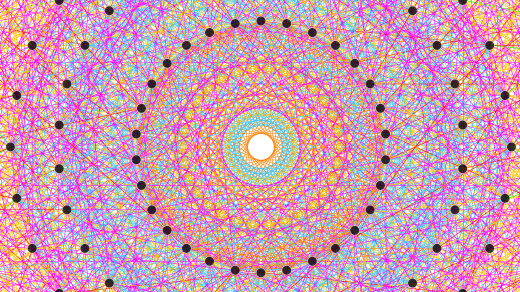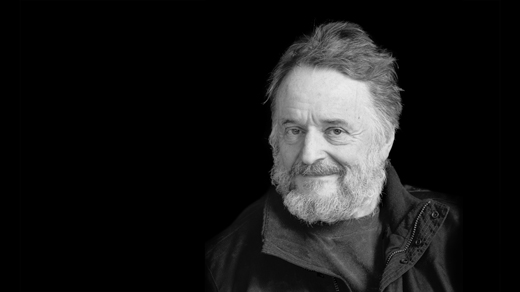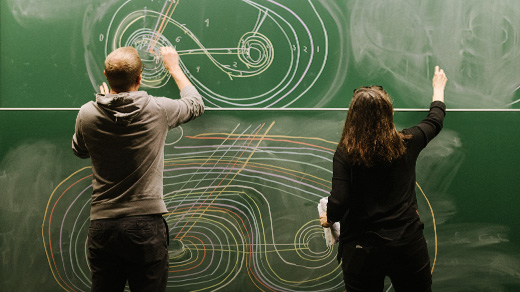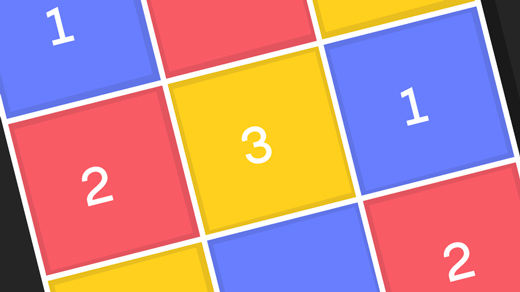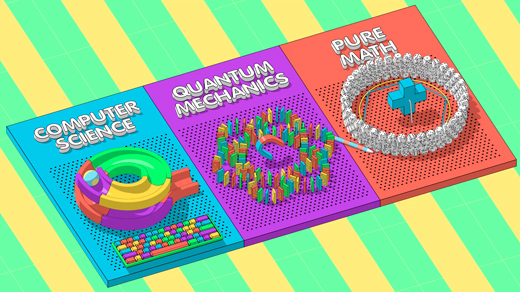Latest Articles
The ‘Useless’ Perspective That Transformed Mathematics
Representation theory was initially dismissed. Today, it’s central to much of mathematics.
In Mathematics, It Often Takes a Good Map to Find Answers
Mathematicians try to figure out when problems can be solved using current knowledge — and when they have to chart a new path instead.
Mathematician Measures the Repulsive Force Within Polynomials
Vesselin Dimitrov’s proof of the Schinzel-Zassenhaus conjecture quantifies the way special values of polynomials push each other apart.
Math After COVID-19
Modern mathematics relies on collaboration and travel. COVID-19 is making it increasingly difficult.
John Conway Solved Mathematical Problems With His Bare Hands
The legendary mathematician, who died on April 11, was curious, colorful and one of the greatest problem-solvers of his generation.
Graced With Knowledge, Mathematicians Seek to Understand
A landmark proof in computer science has also solved an important problem called the Connes embedding conjecture. Mathematicians are working to understand it.
Mathematics as a Team Sport
When 50 mathematicians spend a week in the woods, there’s no telling what will happen. And that’s the point.
‘Rainbows’ Are a Mathematician’s Best Friend
“Rainbow colorings” recently led to a new proof. It’s not the first time they’ve come in handy.
Landmark Computer Science Proof Cascades Through Physics and Math
Computer scientists established a new boundary on computationally verifiable knowledge. In doing so, they solved major open problems in quantum mechanics and pure mathematics.

